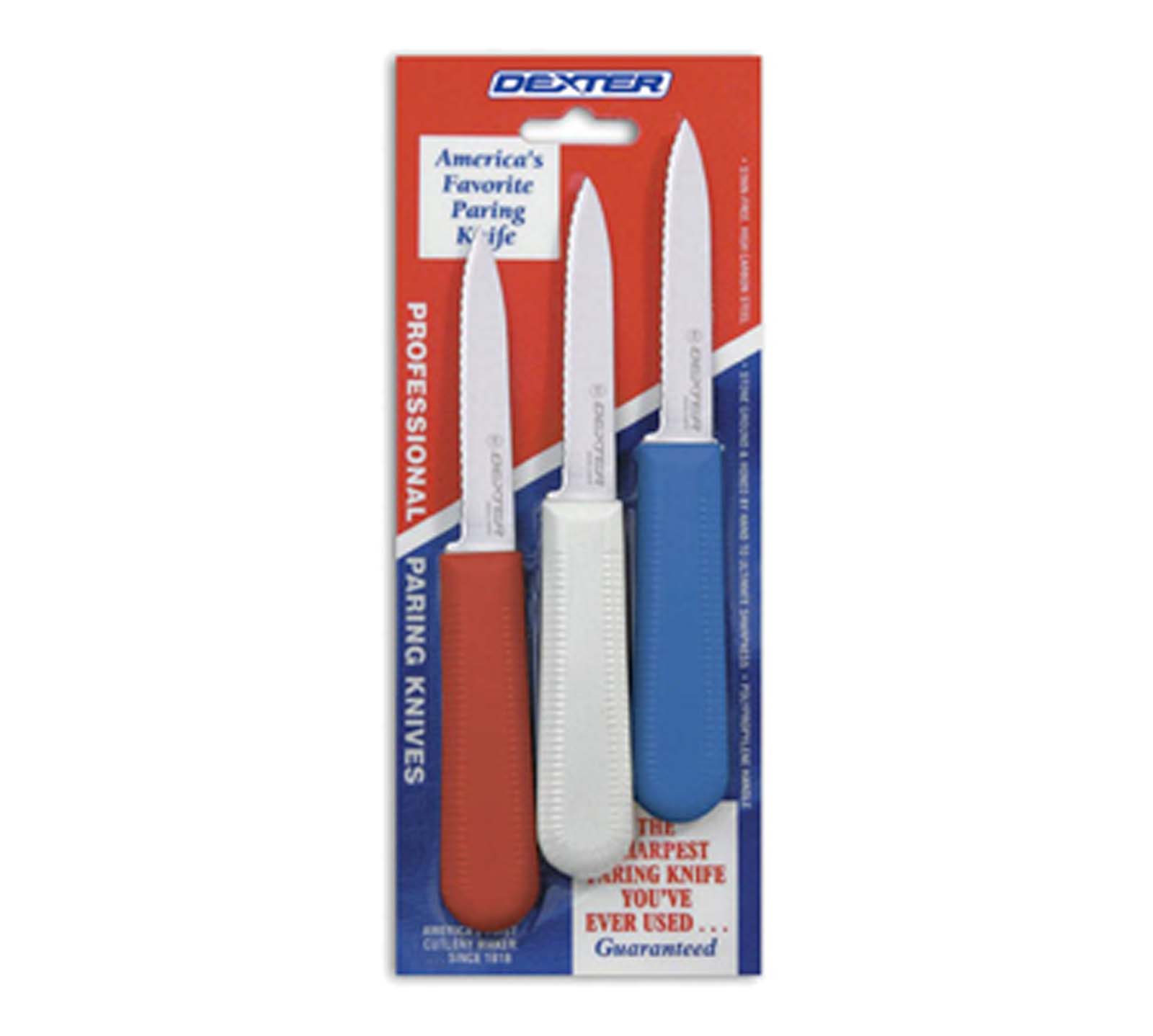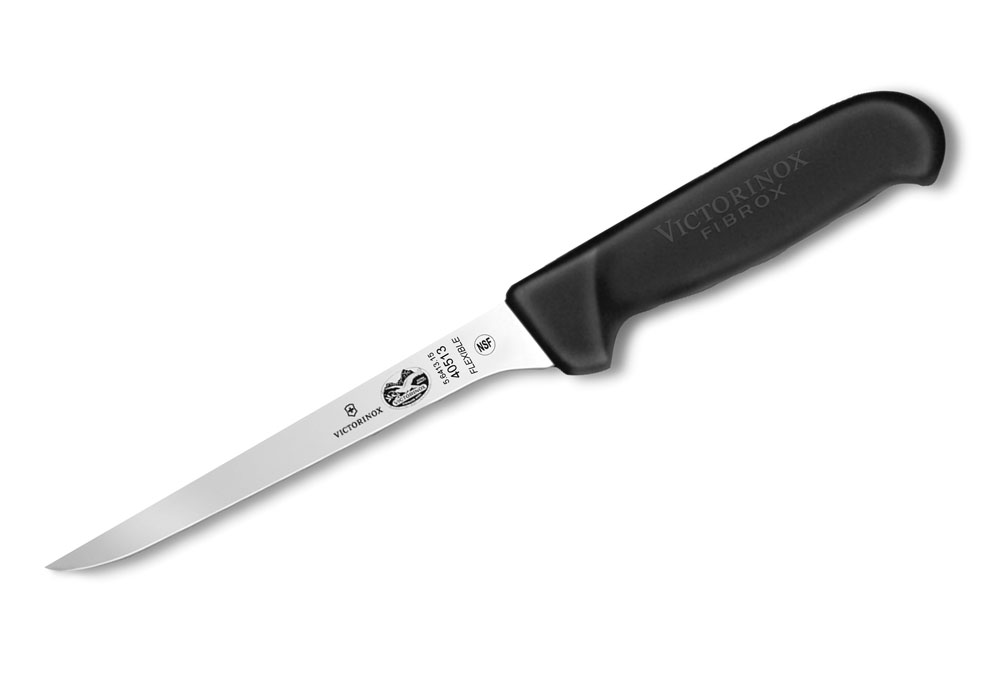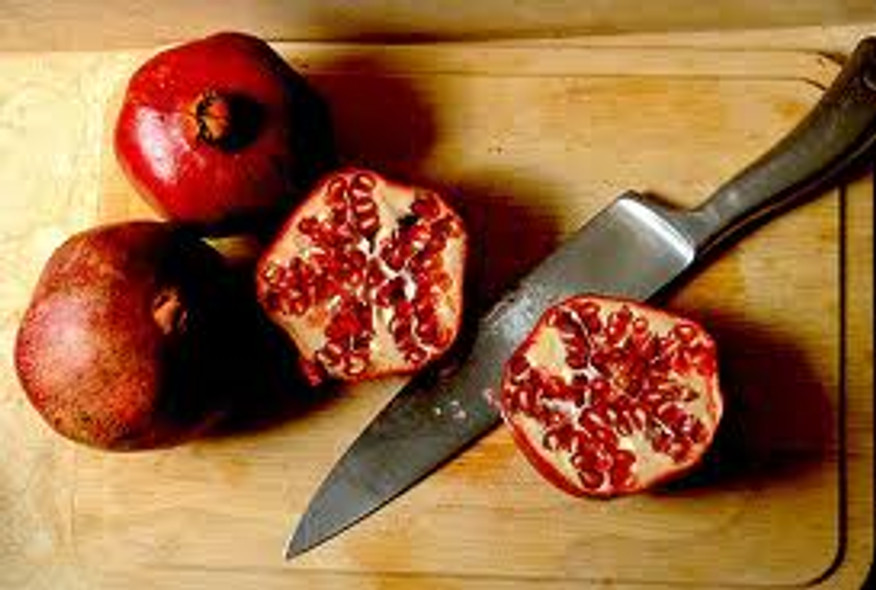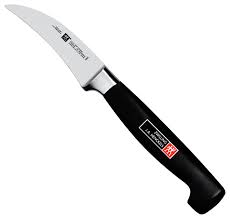Jun 27th 2016 - Guest
Using The Right Knife In The Right Situation
Choosing the right knife in the kitchen can greatly improve the ability of the user to properly cut their food. The right knife in any situation can improve the handling of the food and can prevent unnecessary bruising or butchering of the food. The four most common knives in the kitchen are the chef's knife, the pairing knife, the boning knife, and the serrated utility knife. While these knives can accomplish a variety of tasks in the kitchen some knives are better suited for specific items such as a cheese knife, and a grapefruit knife.
Chef's Knife
The chef's knife is the most commonly used knife in the kitchen as it can be used for more purposes than other knives. The chef's knife is typically between 6 and 14 inches and 1 and a half inches in width. It has a pronounced curve
at the tip and is used for specialty cuts, chopping, mincing and dicing which makes it incredibly versatile.
Paring Knife
The
pairing knife
is a small all-purpose utility knife that is very similar to the chef's knife. The pairing knife is typically between 2 and a half and 4 inches long and is the ideal knife when dealing with smaller foods that would be
difficult to cut with a chef's knife. Tasks such as deveining shrimp are easily accomplished with a pairing knife.

Serrated Knife
A serrated knife is found in almost all kitchens and is useful in slicing delicate food items such as bread or fruit. Serrated knives come in a variety of sizes and sharpness, but all serve the same purpose of slicing food without
bruising the soft interior of the food.
Boning Knife
The
boning knife
, although common, is a more specialized tool than the previous three. It is used primarily for trimming fat and removing bones from a slice of meat or fish. It is also used to slice chicken because of the chicken's toughness,
while you would slice beef with a softer cut.

Larger Knives
Some kitchens have a set of much larger knives for use in specific jobs due to their weight, curve of the knife, and size of the blade. Knives such as the cleaver, the carving knife, and the
bread knife
have designated purposes, but provide a more satisfying level of ease when used in comparison to their smaller counterparts.
The cleaver is the large and rectangular knife commonly seen in butcher shops. This knife is designed to cut right through the meat and the bone in a single compact slice. The weight of this knife is important in cutting through
tougher types of meat or when filleting an animal. Most cleavers are only seen in butcher shops and by professional chefs and is not needed in all homes nor considered essential.
Specialty Knives
On the opposite end of the spectrum from the paring knife is the peeling knife. Similar in size to the paring knife, the peeling knife features a short downward angled tip to help the user cover more surface of the fruit or
vegetable. The smaller size of the peeling knife also helps when dealing with smaller fruits compared to the paring knife.
Similar to how the peeling knife is a miniature version of the paring knife, the trimming knife is a downsized version of the boning knife. Coming in at under 3 inches, it is helpful in performing all of the same techniques as the
boning knife, but in tougher to reach spaces. It is also commonly used to trim garnishes for dishes, as they are mostly small herbs and delicate vegetables.
Specialty knives such as cheese knives, decorating knives, and the grapefruit knife are used very rarely and not found in most kitchens. The cheese knife is common at wine and cheese parties with holes throughout the blade allowing
for a smooth cut through soft cheeses assuring the cheese won't stick to the knife.
Decorating knives come in many varieties and are commonly used to spread icing on cakes and for unique garnishment preparation. The grapefruit knife is a long dull blade with a serrated edge made specifically for separating the grapefruit from its peel.


